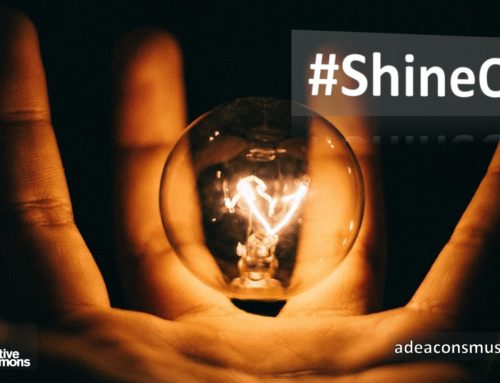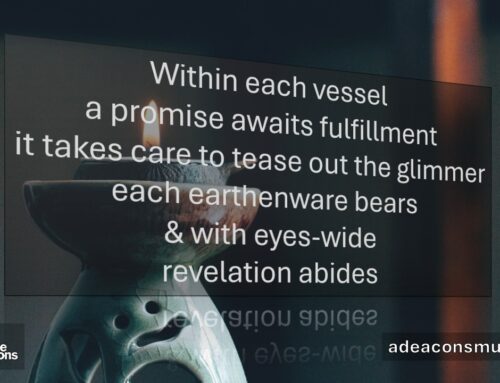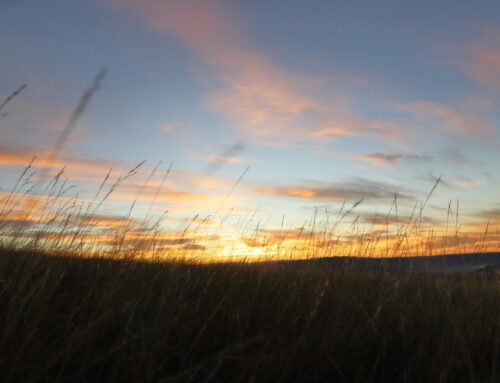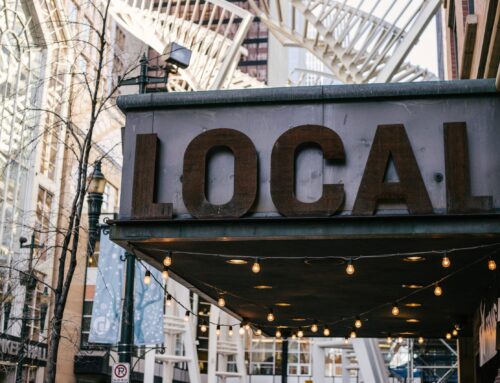It has been quite a week since last week's blog Reconciliation. In that time, Canada has experienced a birthday, there was gang violence in the streets of our Winnipeg on the nation's 148th, and I received a 'cease and desist' email that was clearly not relational. The email was in respect to my use of an image that was initially used in the Reconciliation blog. The image was of a young Aboriginal youth vibrantly arrayed in dance finery from the National Aboriginal Day celebration at the Forks in 2014. I cannot show it to you – as I suspect I would receive another email. Should you be interested – however – this is the link.
So, how do these things connect? I am not sure that I can fully paint that canvas in this blog, but it has been about what I have been musing. I hope – therefore – at the very least this continues the conversation of what reconciliation means for those of us who are non-Aboriginal. We may look into that mirror and uncomfortably recognise ourselves as those who have inherited a coloniser's or settler's culture, which has diminished the lives of Canada's First Nation's peoples for several centuries.
First of all, it is important to identify that we are in a time when social media and traditional media clash in a larger culture shift. This shift is framed as occurring between modernity and post-modernity. When images and music, art and video can be shared fluidly, there are rightful concerns about appropriation of creative material and fair compensation. There is also the tension of ownership and how do we find that balance. For some, the solution is enforcing laws, regulations and policing creative material for any infraction, regardless of content or intent. For me, the line is less than clear. I try, therefore, to make use of Creative Commons art and always reference and link to the artist.
Second, this time of shift creates an opportunity for those who have power and privilege to ask what does ownership mean? This question of ownership – I believe – connects directly to any attempt to move toward reconciliation. Whether that be of an image, of land, of the water, and of the very air we breathe: if everything is a commodity, a trademark or copyright, can we actually live into the healing for which many of us long? This journey of Right Relations and Reconciliation is not easy – the mirror that reflects non-Aboriginal affluence is difficult. I truly believe – however – that if we do not do this, then we simply perpetuate a colonial culture dressed in new clothes …
Finally, gang violence in Winnipeg is often associated with a First Nation's experience, which is a direct inheritor of colonialism. A colonial mindset – framed in culture that used faith to rationalise exploitation – remains more than vibrant to this day. And Canada's larger cultural identity – regardless of non-Aboriginal or Aboriginal identification – continues to be framed in ownership. Should we not be able to collectively move toward healing, then those who have will continue to oppress and protect what they have from those who want and experience oppression. This binary – which is false I believe from a Christian lens – will continue to be perpetuated until those-of-us-who-have are truly intentional of letting go, finally sitting down, honestly listening and willingly – though not necessarily easily – share, in order to that we all might begin to make something new …








“The God we are in need of is not a private owner, nor a capitalist with a human face. There is only one legitimization of power and that is to share it. Power which is not shared, in other words, which is nor transformed into love, is domination; to adore it means to will slavery.” – Dorothee Soelle – So we might say, the Love we are in need of is not…or, the Community we are in need of is not a private owner…in a process/relational world to share power/perspective/resources freely is to participate in creative transformation and a Love Supreme
Thanks Craig. As I finished reading your Reply, I hear two words hanging last the last note of a piano performance: mutuality and rationality … thanks!
After reading the first of your Reconciliation blogs I was left with the question “What would it mean to offer ourselves? What does that look like?” The second of your reflections raises the question of ownership, which might be a beginning of a response to the first question. It is the relational piece that I think is important. But as I’m typing, I realize I’m not even clear on what the niggling question is for me exactly, just that it has to do with right relations, how do I offer myself to that and, more personally, what might I need to give up ownership of?
Immediately after posting my earlier comment I saw this post on facebook from a cousin that noted that “people are willing to pay $5 for a cup of coffee that costs pennies to make, takes minutes to prepare and is gone after one use. But people don’t pay $1 for a song they like that costs thousands to record, can be used over and over again, took years of practice to create and lasts a life time.” As the spouse of a musician this certainly resonated with me. It adds to the complexity of the ownership dialogue. And the question of how we offer ourselves, I think. What system do I choose to support?
Hi Kimiko,
Thanks for both of your replies. The second highlights the marco-tension I experienced when looking at our Canadian micro experience of living into right relations. I am not sure if this makes sense, but your comments highlights the rabbit hole that is reconciliation – especially through the lens of ownership – even more so in context of consumerism. I think the question of fair trade and a liveable wage become aspects that touch all us when we look at the particularity of reconciliation. Hope that’s somewhat accessible 🙂